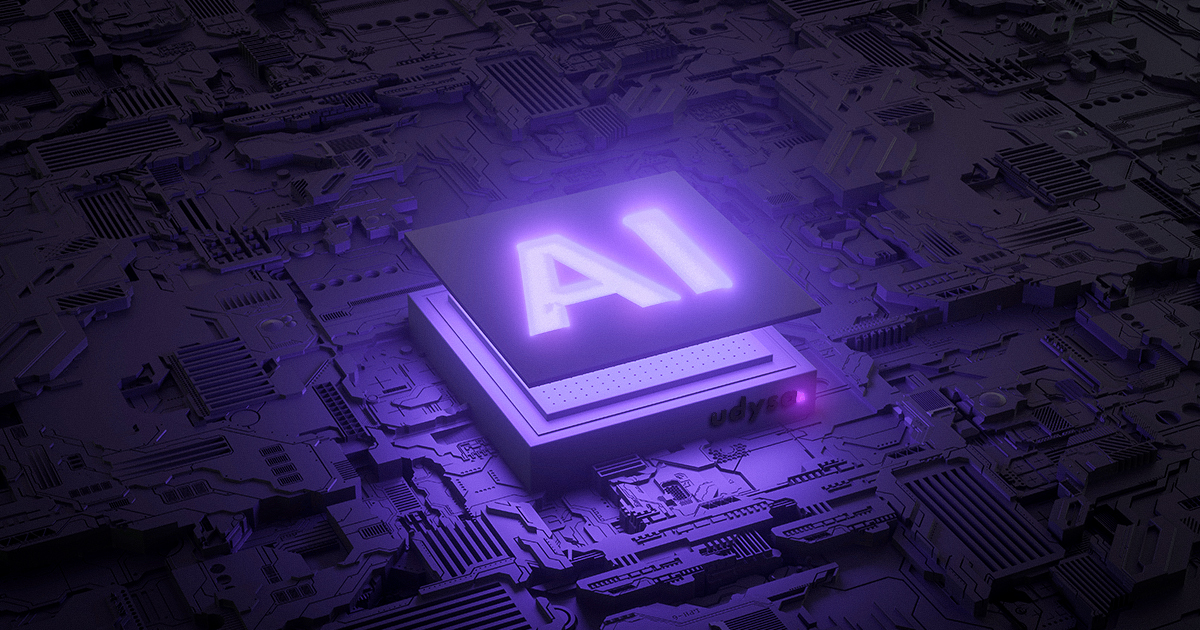Recently, artificial intelligence has become an integral part of various areas of life. As artificial intelligence is developing day by day to access all fields such as robotics, healthcare, marketing, and the field of e-learning and educational platforms.
What are artificial intelligence algorithms?
They are specific instructions that a device can implement written in specific programming languages. Where data and information in a large number of unique groups are entered into the computer to perform certain operations in addition to obtaining specific outputs that represent the required tasks. Artificial intelligence is also provided with the ability to use these algorithms, which include inputs, outputs, and special programs to carry out tasks with high efficiency and deal with new inputs.
As a result, the deaf machine attempts to mimic the human brain in taking in any new inputs to infer, learn, and deal with different reactions.
Types of artificial intelligence algorithms:
First: Regression algorithms in artificial intelligence
This type of algorithm can predict results based on certain inputs into the system. Forecasting rainfall and forecasting global stock prices are among the most famous examples.
It is classified into several types, including:
1- Linear regression:
Linear regression is efficient and simple; The algorithm uses the relationship between the independent and dependent variables and represents it by a linear equation. New data output is predicted by graphing this linear equation. For example, Udysa uses artificial intelligence to measure the impact of a course on the performance of learners on the platform and to predict the overall assessment of each student.
2- The slope of the lasso:
This algorithm reduces the amount of data to narrow the score and get more accurate evaluations. The Lasso regression algorithm is used to predict precipitation times and seasonal temperatures.
Second: Clustering algorithms in artificial intelligence:
This algorithm collects data into groups of similar points and features. Each group is completely different from the others in characteristics and features.
Clustering algorithms are used to predict valuable data by grouping data points into groups. For example, identifying any credit card fraud activity easily by having similar combinations entered into the machine. This algorithm is classified as a self-learning algorithm and it does not need human supervision.
The main sections of the clustering algorithm in artificial intelligence:
Expected value maximization algorithm:
The mixed Gaussian system is used in this algorithm for statistical data analysis. It uses the probability method;That is, a single point can belong to more than one group at the same time. You choose random values for data points, collect them in a certain group, and get new values. and then re-estimate the new values; The process is repeated to reach fixed points that give valuable results. This algorithm helps the robot to understand human written and verbal language to send the appropriate response, as in robots.
Hierarchical clustering algorithm:
The hierarchical assembly is from top to bottom or from bottom to top according to the order of the hierarchical breakdown, whether it is a cluster or a split. Each point is treated as one independent group; Where every two points, which have similarities between them, are combined to form a new group. Then, the new groups are merged and this process is repeated until it reaches one group; that merges all the new groups. Here it is called the hierarchical clustering done from the bottom up and represented by the tree. The root of a tree is a variety that brings together all the various points. The individual set of data points represents the leaves of the tree. It is considered non-arithmetic, as it is not affected by the distance scale used; which means that the change in the distance between the points does not affect the result.
Third: Artificial Intelligence Algorithms in Classification
These algorithms are subject to human supervision and are used in data analysis to accurately classify the input data into certain categories.
An artificial intelligence algorithm is used to classify important mail messages from spam. Udysa uses this algorithm to categorize learners into new trainees and old trainees participating in the platform’s courses to know what updates are being sent to them.
The algorithm analyzes the data and builds a classification rules model in the first stage. After that, the entered data is classified according to the base achieved by the input.
This algorithm can be classified by classification into several sections:
Decision tree algorithm:
Represents a tree-shaped exploration model. Each branch of the tree represents a specific classification question and each leaf represents a specific database as part of the constructed classification.
For example, Udysa uses this algorithm to classify between instructor and learner when registering on the platform.
Here, the results are presented in an efficient and simplified manner; despite the complexity of the algorithms used in the decision tree.
This type of algorithm uses exploration; To select the question or select it randomly and then choose the question that helped organize the data. The tree branches then continue to build from the process of repeating the questions until the tree stops growing by reaching a single-record branch. It contains a question with one piece of information or homogeneous information that cannot be differentiated in a way to be classifiesd.
Explanatory example:
A merchant wanted to classify the customers who purchase the mobile device from a cellular store. This algorithm is presented in the following way:
As the figure shows, the first question about the age of the customer classifies customers into 3. Then, the classification is done again through more questions in the tree branches.
The process is repeated until the final classification is reached; That the customer will buy the mobile or not. As it is a kind of classification algorithm, the data is divided into each branch without decreasing any of it.
Therefore, we note that the total number of records in the parent branch is equal to the sum of the records in the two branches that originate from it.
This type of algorithm divides databases according to a predetermined objective, as in the previous example, which is the purchase decision of a mobile device.
Probability Algorithm:
The basic idea and classification are based on the construction of possibilities. The algorithm classifies the new entry by predicting that it belongs to one of the database records listed for a particular class. This algorithm helps in analyzing the huge data recorded in the databases.
The neural network algorithm in artificial intelligence
Neural network algorithms are among the most powerful tools of artificial intelligence and computer science. It is characterized by high speed and accuracy in collecting data.
The neural network algorithm structure simulates the behavior of the human brain in learning and recognizing several models. Thus, people use it for solving common problems in the fields of artificial intelligence.
This algorithm shares the decision tree algorithm in solving many diverse problems. These algorithms contribute to achieving accurate results compared to other algorithms.
The neural network algorithm is self-learning!
It works by training neural networks through entering the values of variables for each piece of information; it learns over time. These neural networks can recognize images and speech within minutes versus the hours it takes the human brain to gather the required information with high accuracy, as neural networks do. Google’s algorithm is one of the most popular and widely used as neural networks.
The role of artificial intelligence algorithms in e-learning
Artificial intelligence algorithms help in facing the challenges of e-learning and working to raise its level through:
- Providing technical support in the event of encountering a problem. It shows an automatic message informing the users of the proposed solutions. Otherwise; it directs them to a support site for technical assistance and support for the educational platform.
- Artificial intelligence helps instructors in the evaluation process. By automatically marking the tests and informing the instructors of the results, the Udysa platform helps instructors evaluate their trainees.
- A constant evolution of artificial intelligence algorithms is implemented to keep up with any developments or updates that Udysa needs, such as adding new icons to the interactive panel of online conversations.
- Provide a variety of options for the instructor and the learner. The teacher can choose the appropriate method of assessment and the learner determines the appropriate course for him/her to learn.
- In Udysa, for example, certain courses are displayed based on inputs such as age, gender, and location of the user.
- Speed and accuracy of response in educational platforms; For example, Udysa sends automatic messages notifying you of any course updates once you register for a specific course on the platform. For example: When the trainer adds new sources of content.
- Follow-up of learners’ performance in the various educational platforms.
In every field, artificial intelligence has given a fresh perspective to solving complex problems. As a result, we can expect the use of artificial intelligence to increase in the coming years and to enter more fields to provide value to all spheres of our lives and offer easier and more enjoyable experiences to all users.



